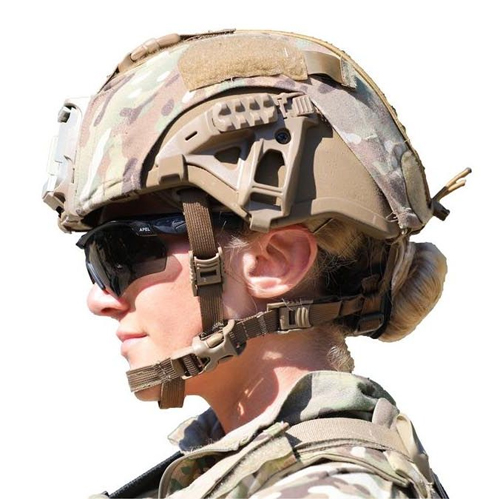 Scientists at the Army Research Laboratory and the U.S. Department of Energy's Argonne National Laboratory are using highly sensitive x-ray machines to study microstructures of the skull that are informing new military helmet designs. To date, it's the most detailed study of the human skull, according to Argonne, so we should expect better helmets to protect the tiny bones, as a result.
Scientists at the Army Research Laboratory and the U.S. Department of Energy's Argonne National Laboratory are using highly sensitive x-ray machines to study microstructures of the skull that are informing new military helmet designs. To date, it's the most detailed study of the human skull, according to Argonne, so we should expect better helmets to protect the tiny bones, as a result.
That's because scientists rely on detailed computer models of the skull and brain so that they can better understand which characteristics a helmet should have to protect the integrity of those structures...
...For three days, the research team at Argonne used [A]dvanced [P]hoto[n] [S]ource (APS) x-ray beams to produce terabytes of data that may reveal anisotropy in the skull samples when they're analyzed.
"The APS allowed us to see how loads are transmitted through the crystal structure and how the energy is dispersed around the fracture," says Army Research Lab team leader Karin Rafaels in a press release. "The more we understand how the skull behaves, the more we can understand what happens to the brain."
